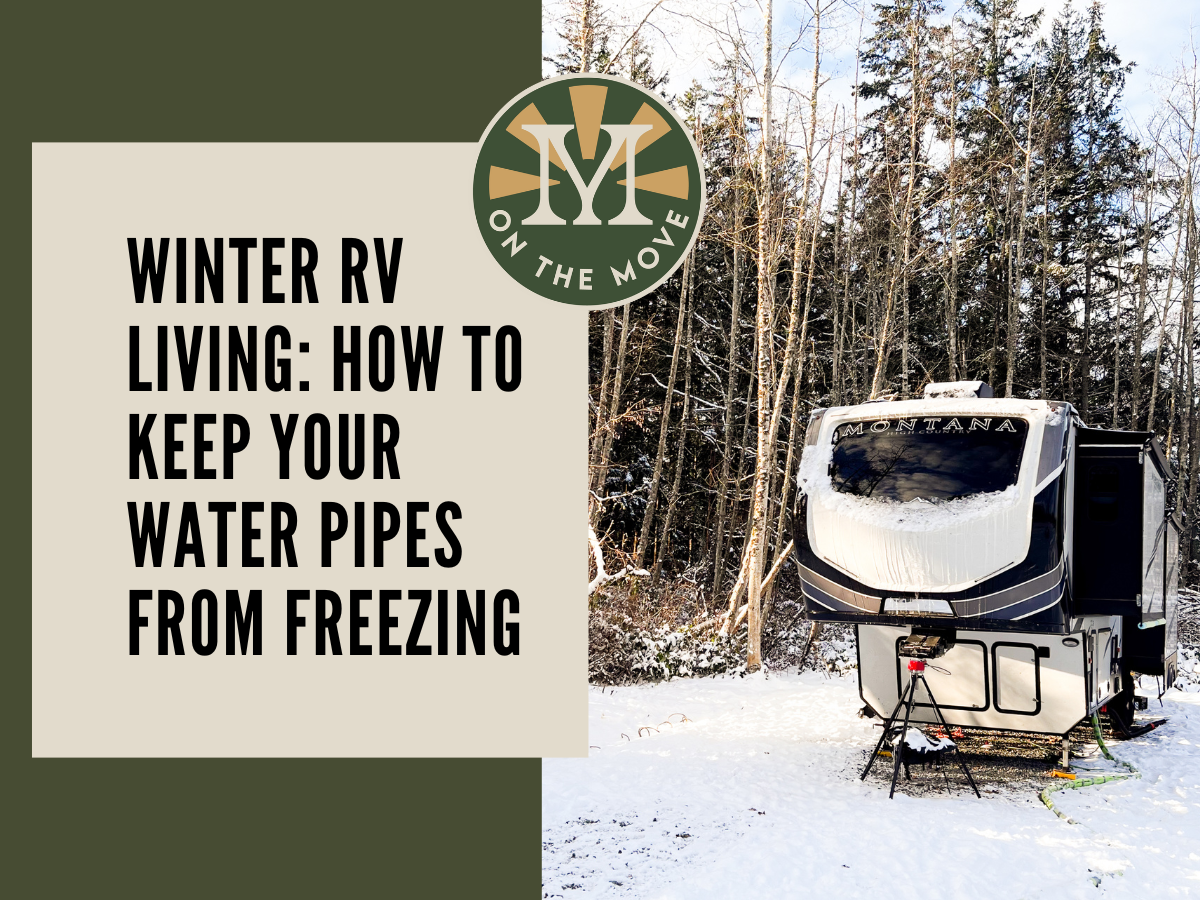Winter RVing offers a thrilling opportunity to explore snow-covered landscapes and marvel at the beauty of nature amidst icy surroundings. However, this exhilarating adventure comes with a chilling challenge: preventing your RV’s water pipes from freezing. Frozen pipes can lead to costly repairs and disrupt your winter Adventures. In this article, we’ll guide you through essential steps to protect your water pipes, ensuring a worry-free experience. From understanding the risks to investing in the right equipment and effective insulation techniques, let’s dive into how you can conquer this challenge head-on.
This page contains affiliate links at no additional cost to you, and as an Amazon Affiliate, we may earn a small commission. We only recommend products we would use ourselves and all opinions expressed here are our own.
Understanding the Risks of Frozen Water Pipes
To begin, it’s crucial to comprehend the risks associated with frozen pipes. When water freezes, it expands, applying immense pressure on pipes, potentially causing them to crack or burst. Aside from financial implications, dealing with burst pipes can lead to inconveniences like lack of hot water for showering or cooking, turning your winter wonderland into a nightmare. Moreover, frozen pipes can affect campground water systems, leading to tension among fellow RV enthusiasts. Being proactive is key to avoiding these issues.
Investing in Heated Hoses and Heat Tape
Investing in heated hose and heat tape provides a robust defense against freezing. Heated hoses maintain a consistent temperature even in freezing conditions, ensuring a continuous water supply. Heat tape, a flexible heating element, wraps around vulnerable pipe sections, preventing freezing. Proper installation and maintenance are vital for their effectiveness.

Insulating Your Hoses and Tanks
While heated hoses and heat tape are essential, insulating your hoses and tanks further fortifies your pipes. Use foam pipe insulation or pool noodles to wrap around hoses, providing an additional thermal layer. Heat-resistant tape or electrical heating cables can be wrapped around pipes for controlled warmth. For tanks, insulation blankets or foam boards are effective. Regular checks and maintenance are crucial to ensure their effectiveness throughout winter.
Additional Tips for Winter RV Living
Keeping your RV warm is essential; maintain a comfortable environment with a working furnace and strategic space heater placement. Consider pipe insulation for exposed areas, disconnect and drain water hoses during extremely cold nights, and leave a small trickle of water running to prevent freezing. Regularly inspect your water system for damage and keep spare parts on hand for quick repairs.
Read More: How to Control Moisture in Your RV
In the realm of winter RVing, protecting your water pipes is paramount. Understanding risks, investing in quality equipment, and proper insulation techniques are your tools for a successful winter adventure. As you embark on your journey, fearlessly face the icy challenges knowing your water system is fortified. Embrace winter RVing with confidence, for every drop of water shall flow freely, making your adventure truly unforgettable. Safe travels!

